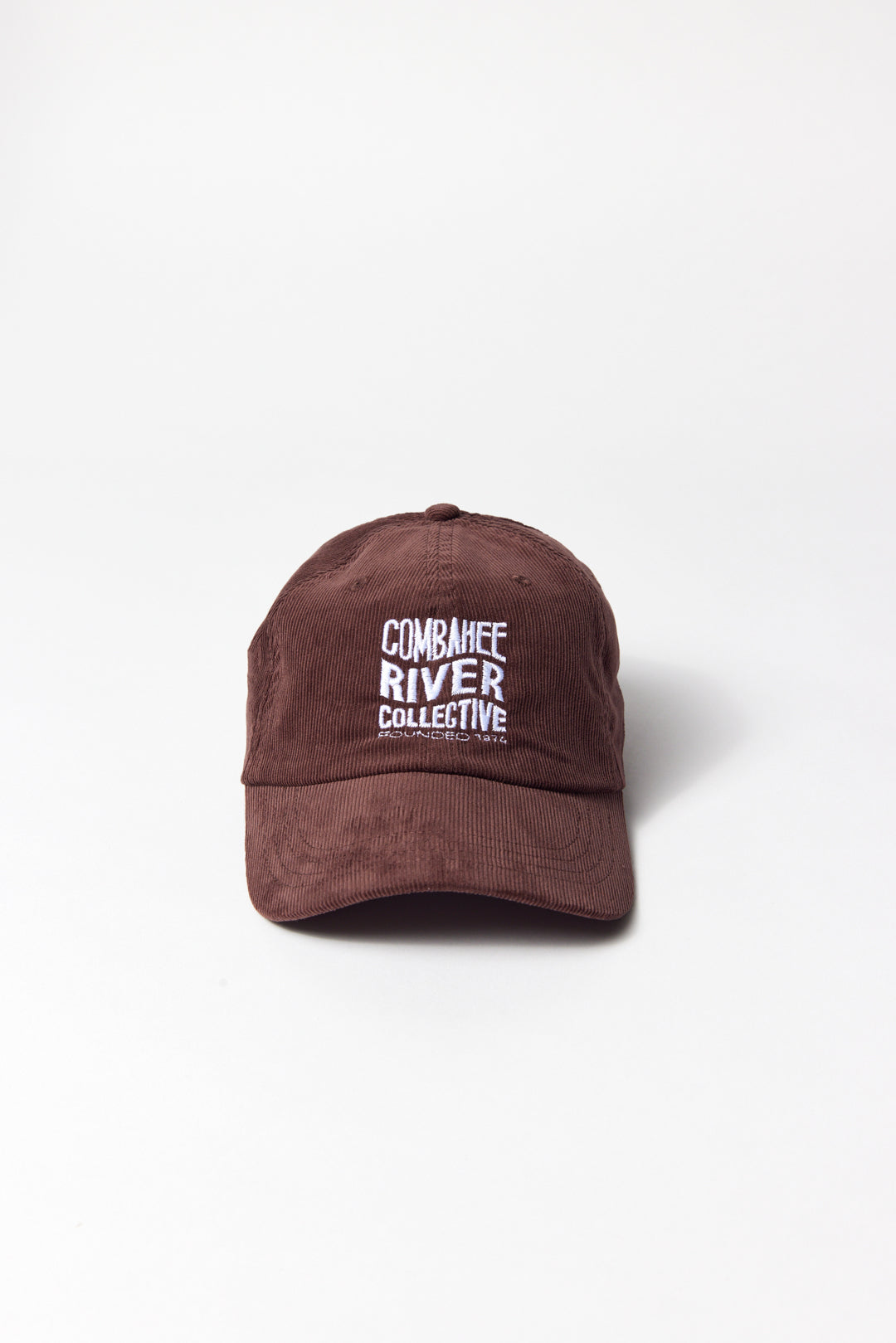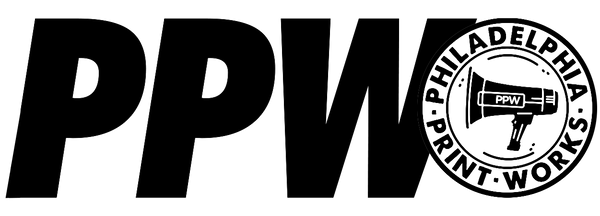
Interview By Lissa Alicia
Angela Pilgrim is a textile designer and illustrator whose work shows a feminine side of Pro Black Art. Pilgrim explores black womanhood with Warhol-esque pastel portraits of afro clad sistas. In her work, the New Jersey native shines a spotlight on the black woman’s crown and glory - hair. The imagery evokes a sense of pride and beauty that is not typically associated with black hair. In this interview, Pilgrim and I discuss the significance of black hair in the black feminist movement and her creative process.
Where did you grow up?
I grew up in New Jersey and pretty much have lived here, rotating between the Northern and Southern parts of Jersey. I've been all over, a traveler if you will.
What was the first piece of art that you created that you were truly proud of?
The first piece I created that I was proud of had to be back in 2013. I was in a place in my life surrounded by art 24/7. It was beautiful because organically I was inspired by my boyfriend at the time and drew inspiration from his use of color. I remember making a piece I called "Atheon Woman" where it embodied the femininity of a woman in a space of love and self love. It's where I was at the time mentally and emotionally. So it really hit home for me and is still to this day a dear piece in my private collection.
What inspires you to create?
I will always say, inspiration to create is drawn from my experience without it. I went a year and half not making work and I suffered greatly from it. So I'll sum it up by saying: The literal need to create.
How do you challenge stereotypes in your art as well as in your personal life?
As a Black Woman, I identify as a Feminist and it further emulates that in my body of work. Specifically, Black Feminism conjoins the struggle for the freedoms of women and the emancipation of natural hair as a result today. I stand for liberation in it's totality, starting with my physical feature, my hair. Black women today have fought against oppression in many outlets especially within the Black Hair Community. We have experimented with different hairstyles to promote individuality, self- expression and self-worth. Further, Black Hair is important to every black woman's identity as a Black Feminist.
During slavery, African features of dark skin and kinky hair were demoralized. As a result, the racist rhetoric of black features was passed down onto their sons and daughters for future generations. Ideals of white beauty in media, books and magazines formulates two diverse opinions of black hair: one rejects the ideas of including kinky hair as acceptable; even questioning why would one wear tightly coiled hair in it's natural state. It is known to be "unruly" "nappy" and other derogatory statements. Alternately, in some communities, natural hair is favored and romanticized. Personally, I have had experience with the two opinions stated, my hair has been called "unprofessional" in the work place or often asked to be hidden. These experiences were projected to me in a time when I was more confident with my hair. This thinking comes from the inferiority of natural hair.
These two opinions almost always present the famous questions, "Can I touch it?" "Is it yours?" "How do you get it like that?" While both of these opinions may be genuine, they are generalization of racial America who is clueless to the underlying role of naturally coiled hair to the African American Community. Natural hair liberation is not for the justification of society. It is a choice of empowerment against the prejudices of society, a freedom of expression and identity.
Thus, illustrating Women of Color and black hair has been a very personal subject for me because it's relatable and intimate to me on many levels. My challenges on a day to day basis start with my hair and emulating that in my recent body of work has been very liberating for me.

How do you go about choosing the subjects that you print on clothing and furniture?
A lot of my subjects are relatable, personal and some would say a reflection of myself. But I'm a firm believer in artists putting themselves in their art. Organically, I feel as though choosing women of color as my subject is just a bit more intimate for me. some pieces start from reference of inspiration I find and it builds from there. At other times, it could be someone I met on the A-train with dope hair.
I noticed that in much of your work, you print the faces of prolific women. Did you make a conscious decision to only feature women or was that something that happened naturally?
For as long as I remember I've been drawn to faces, I'm very much inspired by the details of profiles and I'm still not sure if it's because I analyze people a lot lol. But I'm very much drawn to faces and usually that's the first thing you see when you meet a person so it's relatable to anyone.
I remember going to Burningman in 2013, and there were so many beautiful people across the spectrum and it really confirmed my love for beauty in everyone. Creating only women in my pieces happens and happened naturally. To this day, I don't think I've ever painted or drawn or portrayed men in any of my pieces. It didn't start as intentional but I'm very much drawn to female energy, like who isn't! Lol
What is your astrological sign and are you true to its characteristics?
My moon sign is Scorpio and from what I do know about the characteristics, I'd say some are relatable.

What are all the mediums that you use to create?
Originally, I was strictly comfortable with ink, watercolor, acrylic and Prismacolor. But this Summer, I've been experimenting with screen printing which has changed the whole dynamic of my work.
What projects are you currently working on?
I am working on two projects. One for my Artist in Residence Exhibition that is in September. And another that will be an All women group Exhibition in Brooklyn, details soon to come.
How does your work relate to the current social climate in America and across the globe?
I think my work relates to women and people of color and puts them in the forefront emulating beauty and self love. I feel that we are so fixated on what is outer beauty and appearance instead of what matters inside, but it's the age that we live in and I don't think that will ever not be on the news or a big subject in media.
There's so many layers of hate in the world and my work relates to that because it doesn't represent that, it rather represents that "I am here and I am here how you take me, I am beauty, I am my hue, and I am proud of everything I am" I want my work to relate to people who feel that as well. So in many ways, my work is a reflection of my attitude and my view on the social climate that has affected someone at some point. The highs and lows of self love.

Can you describe your creative process? I want to know how you go about selecting your colors, fabrics. At what point do you realize that your piece is complete?
There's a convenient little fabric shop in Newark, NJ I've been frequenting. When it comes to fabrics I have been drawn to pastel colors and patterns. So choosing fabric usually comes as easy as taking a trip there and visioning colors that would play off one another complimentary.
All of my pieces start as an illustration, with screenprinting, those illustrations are transferred onto Acetate (or transparency) and burned onto an appropriate mesh count screen. In this process I figure out what colors I want to use and which colors make sense. I have learned how to create multiple color screens to create the end result of my piece during my Artist in Residence so that's the route I've been taking. Generally, my work is colorful, with screenprinting I choose between 6-10 colors, so you're looking at 6 or more screens to burn my image into. For every color there's a new screen. The process is very meticulous, and registering (aligning) the colors to match perfectly takes time but it's rewarding. A 5 color piece I recently made can be found on angelapilgrim.tumblr.com
Who are some of your favorite artist at the moment?
Some of my favorite artists at the time would have to be Cy Twombly, Matisse and Minnie Evans.
What is your favorite piece on the Philadelphia Printworks line?
That's hard to say, I love it all. But one that has really spoke to me would be significantly: "Silence will not Save you", that quote alone speaks volumes of strength and integrity and pride.

Where do you envision you and your artwork to be in the next five years? Ten years?
In the next five years I envision myself to be traveling strictly off of work I create. At some point I want to drop everything and travel for a year seeking inspiration and relaxing, making art with genuine, beautiful people all over the world and inspiring others too.
In ten years, God willing, I'd love to have met other artists through my work, gain more knowledge on new mediums to expand my vision. Just still enjoying the process and pushing my boundaries in art to see where it can go.

